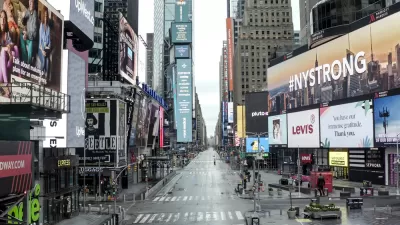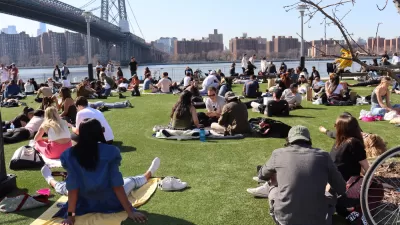The Covid 19 national emergency enacted by then-President Donald Trump in March 2020 was officially ended on Monday by President Joe Biden.

President Joe Biden signed legislation on Monday that ended the Covid 19 national emergency a few weeks before it was set to expire. President Biden signed the legislation behind closed doors after opposing the legislation but stopping short of a veto.
The legislation enables changes including the end of the U.S. Department of Housing and Urban Development’s COVID-19 mortgage forbearance program. More than 1.13 million Americans have died of Covid 19 in the last three-plus years, according to data from the Centers for Disease Control and Prevention. More than 1,700 Americans died of Covid 19 in the week ending on April 5.
While the legislation ends the national emergency, the public health emergency will continue until May 11, according to multiple reports.
News coverage of the legislation’s approval is available from the Associated Press, the Washington Post, CNN, Politico, and more.
Planetizen has been tracking the pandemic’s influence on communities and the practice of planning for the past three years. Revisit some of the historical record on Planetizen’s pages:
FULL STORY: Biden signs bill ending Covid-19 national emergency

Alabama: Trump Terminates Settlements for Black Communities Harmed By Raw Sewage
Trump deemed the landmark civil rights agreement “illegal DEI and environmental justice policy.”

Study: Maui’s Plan to Convert Vacation Rentals to Long-Term Housing Could Cause Nearly $1 Billion Economic Loss
The plan would reduce visitor accommodation by 25% resulting in 1,900 jobs lost.

Why Should We Subsidize Public Transportation?
Many public transit agencies face financial stress due to rising costs, declining fare revenue, and declining subsidies. Transit advocates must provide a strong business case for increasing public transit funding.

Paris Bike Boom Leads to Steep Drop in Air Pollution
The French city’s air quality has improved dramatically in the past 20 years, coinciding with a growth in cycling.

Why Housing Costs More to Build in California Than in Texas
Hard costs like labor and materials combined with ‘soft’ costs such as permitting make building in the San Francisco Bay Area almost three times as costly as in Texas cities.

San Diego County Sees a Rise in Urban Coyotes
San Diego County experiences a rise in urban coyotes, as sightings become prevalent throughout its urban neighbourhoods and surrounding areas.
Urban Design for Planners 1: Software Tools
This six-course series explores essential urban design concepts using open source software and equips planners with the tools they need to participate fully in the urban design process.
Planning for Universal Design
Learn the tools for implementing Universal Design in planning regulations.
Smith Gee Studio
Alamo Area Metropolitan Planning Organization
City of Santa Clarita
Institute for Housing and Urban Development Studies (IHS)
City of Grandview
Harvard GSD Executive Education
Toledo-Lucas County Plan Commissions
Salt Lake City
NYU Wagner Graduate School of Public Service





























